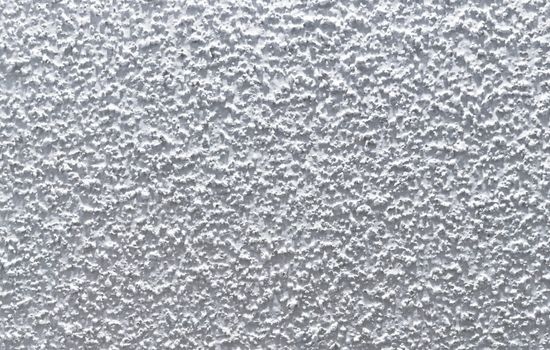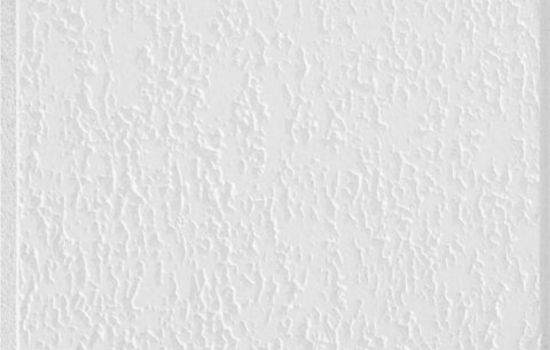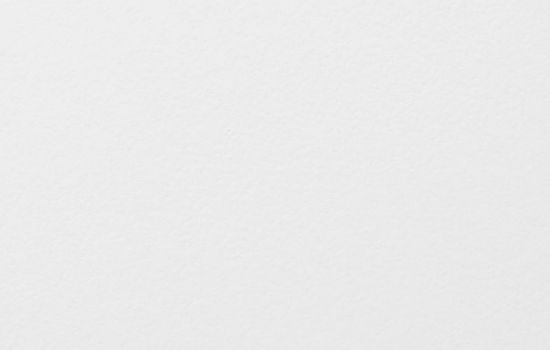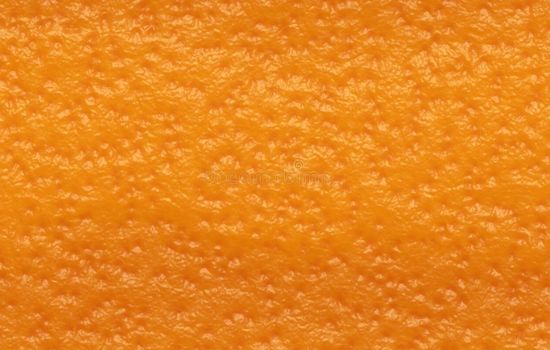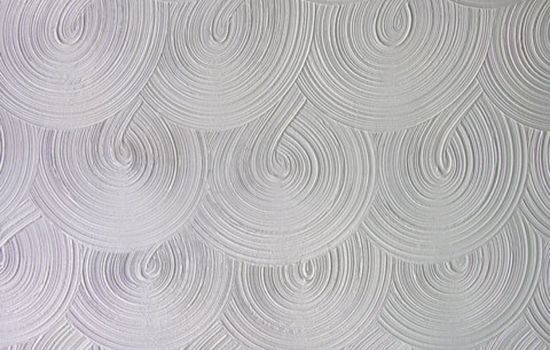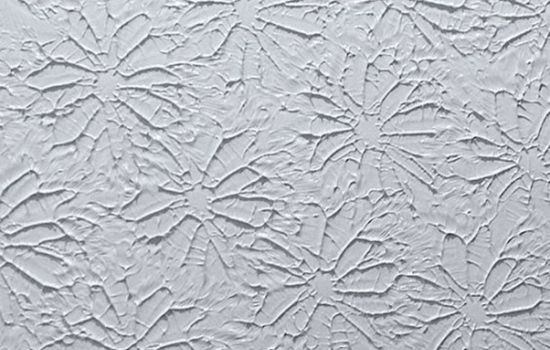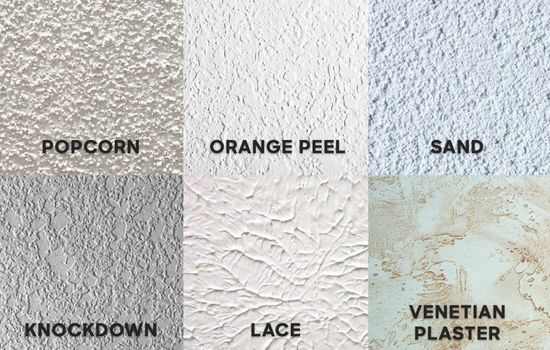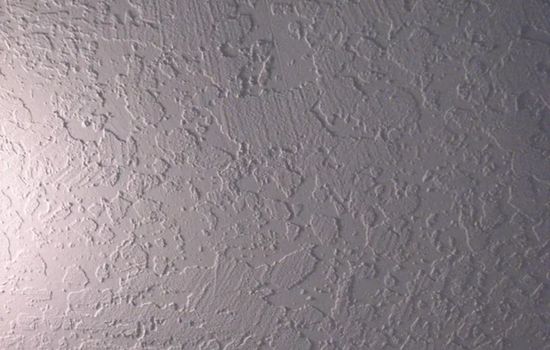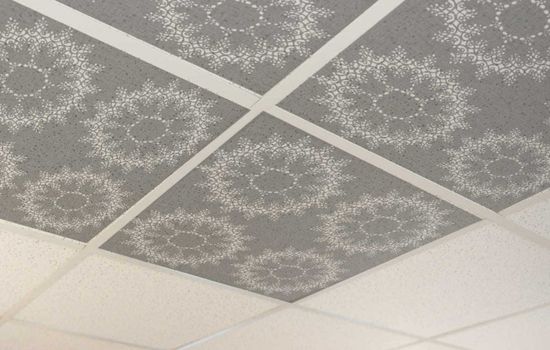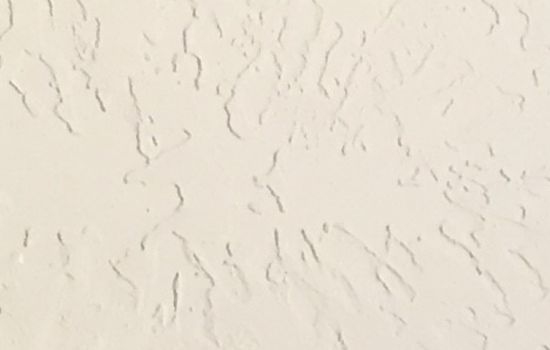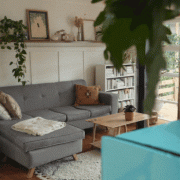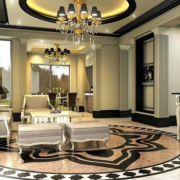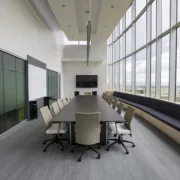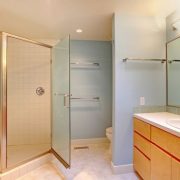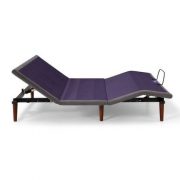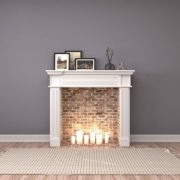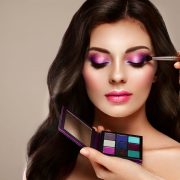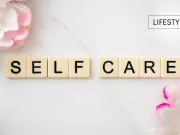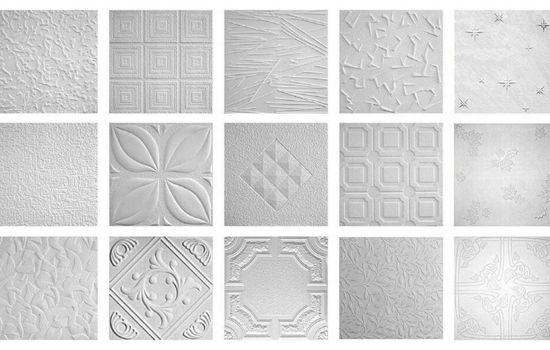
50+ Best Ceiling Texture Types for Your Desired Home
Ceiling textures have the ability to add character and depth to a room while also masking imperfections. They are an essential element in home design and can completely transform the look and feel of a space. However, choosing the right ceiling texture type can be a daunting task. With so many options available, it can be overwhelming to decide which one is best suited for your needs. In this guide, we will explore the most popular ceiling texture types, their unique characteristics, and the benefits of each.
50+ Best Ceiling Texture Types for You
When it comes to adding visual interest and style to your ceiling, selecting the right texture is crucial, and in this article, we present the top 50+ best ceiling texture types to help you choose the right one for your desired aesthetic.
1. Popcorn Ceiling Texture: Best Ceiling Texture Types
Popcorn ceiling texture, also known as acoustic texture, was popular in the 1970s and 1980s. This texture is created by spraying a mixture of water and small pieces of material, such as Styrofoam or vermiculite, onto the ceiling. Popcorn texture provides excellent sound absorption and is great for reducing noise levels in a room. However, it can be difficult to clean and may contain asbestos, a harmful substance that was commonly used in construction materials in the past.
Also Read: 30 Creative and Stylish Bathroom Door Ideas
2. Knockdown Ceiling Texture: Popular Ceiling Texture Types
Knockdown ceiling texture, also known as skip trowel texture, is created by applying joint compound to the ceiling with a trowel and then knocking it down with a drywall knife or brush. This creates a textured look that is similar to stucco. Knockdown texture is a great option for hiding imperfections in the ceiling and providing visual interest. It is also easy to clean and does not contain asbestos.
3. Smooth Ceiling Texture: Best Ceiling Texture Types
Smooth ceiling texture, also known as flat or slick finish, is the most basic and traditional ceiling texture type. This texture is achieved by applying joint compound or plaster to the ceiling and smoothing it out with a trowel. Smooth texture is easy to paint and clean, but it does not provide any visual interest or texture to the ceiling.
4. Orange Peel Ceiling Texture: Top Ceiling Texture Types
Orange peel ceiling texture is created by spraying a mixture of water and joint compound onto the ceiling. This texture resembles the skin of an orange, hence the name. Orange peel texture is easy to apply and provides a subtle texture to the ceiling. It is also easy to clean and does not contain asbestos.
5. Swirl Ceiling Texture: Top Ceiling Texture Types
Swirl ceiling texture, also known as slap brush texture, is created by using a brush or roller to apply joint compound to the ceiling in a circular or swirling motion. This creates a unique and visually interesting texture. Swirl texture is great for hiding imperfections in the ceiling and adding depth to a room.
Also Read: 10 Best Modern Farmhouse Living Room Decor Ideas
6. Crows Foot Ceiling Texture: Best Ceiling Texture Types
Crows foot ceiling texture, also known as stomp texture, is achieved by using a special brush to create small groups of lines on the ceiling. These lines create a pattern that resembles the foot of a crow. This texture is great for adding visual interest to a room without being too overwhelming. It is also easy to clean and maintain.
7. Sand Texture Ceiling: Popular Ceiling Texture Types
Sand texture ceiling, also known as sand swirl texture, is created by adding sand to the joint compound mixture before applying it to the ceiling. The sand creates a unique texture that resembles the texture of sand on a beach. This texture is great for adding a subtle yet visually interesting texture to a room.
8. Skip Trowel Ceiling Texture: Top Ceiling Texture Types
Skip trowel ceiling texture is created by applying joint compound to the ceiling with a trowel and then skipping the trowel across the surface. This creates a unique pattern of lines and textures on the ceiling. Skip trowel texture is great for adding depth and character to a room.
Also Read: Fireplace Remodel: 10 Tips for You!
9. Lace Ceiling Texture: Best Ceiling Texture Types
Lace ceiling texture, also known as stucco texture, is created by spraying joint compound onto the ceiling and then using a special roller to create a pattern of small circles. This texture resembles the texture of lace and is great for adding a feminine touch to a room.
10. Slap Brush Ceiling Texture: Popular Ceiling Texture Types
Slap brush ceiling texture, also known as panda paw texture, is created by using a brush to slap joint compound onto the ceiling in a random pattern. This creates a unique and visually interesting texture that is great for adding character to a room.
Also Read: 12 Best Adjustable Mattress for Side Sleepers
50+ Popular Ceiling Texture Types with Price
If you’re looking to upgrade your home’s ceiling, you may want to explore the wide range of ceiling texture types available on the market, which comes with varying prices and unique features.
| Ceiling Texture Type | Description | Approximate Price |
|---|---|---|
| Smooth | Flat and plain | $0.50-$1.00 per square foot |
| Popcorn | Rough and bumpy | $1.00-$2.50 per square foot |
| Knockdown | Flat with rounded bumps | $1.50-$3.50 per square foot |
| Orange Peel | Similar to knockdown, but with smaller bumps | $1.50-$3.50 per square foot |
| Skip Trowel | Smooth with swirls or curves | $2.00-$4.00 per square foot |
| Slapbrush | Rough with a stippled effect | $2.50-$4.50 per square foot |
| Stomp | Rough with a jagged pattern | $2.50-$4.50 per square foot |
| Spanish Lace | Smooth with a lace-like pattern | $2.50-$5.00 per square foot |
| Crow’s Foot | Smooth with a circular pattern | $2.50-$5.00 per square foot |
| Rosebud | Smooth with a flower-like pattern | $2.50-$5.00 per square foot |
| Santa Fe | Rough with a southwest-style pattern | $2.50-$5.00 per square foot |
| Lace | Smooth with a lace-like pattern | $2.50-$5.50 per square foot |
| Swirl | Smooth with a swirl pattern | $3.00-$5.50 per square foot |
| Sand Swirl | Rough with a sand-like texture | $3.00-$6.00 per square foot |
| Perlite | Rough with a popcorn-like texture | $3.00-$6.00 per square foot |
| Vermiculite | Rough with a spongy texture | $3.00-$6.00 per square foot |
| Splatter | Rough with a speckled pattern | $3.00-$6.00 per square foot |
| Tuscan | Smooth with a faux finish | $3.50-$6.50 per square foot |
| Trowel Knockdown | Flat with a curved, organic pattern | $3.50-$6.50 per square foot |
| Skip Trowel with Sand Swirl | Smooth with swirls and a sand-like texture | $3.50-$6.50 per square foot |
| Mediterranean | Smooth with a plaster-like finish | $4.00-$7.00 per square foot |
| Broom | Rough with a broom-like pattern | $4.00-$7.00 per square foot |
| Hawk and Trowel | Smooth with a curved, swirled pattern | $4.00-$7.00 per square foot |
| Swirl with Sand Swirl | Smooth with swirls and a sand-like texture | $4.00-$7.00 per square foot |
| Tuscany | Smooth with a faux finish | $4.50-$8.00 per square foot |
| Custom Hand Texture | Customized pattern and texture | $5.00-$10.00 per square foot |
| Venetian Plaster | Smooth with a high-gloss finish | $6.00-$10.00 per square foot |
| Fish Scale | Smooth with a fish scale pattern | $6.00-$10.00 per square foot |
| Diamond | Smooth with a diamond pattern | $6.00-$10.00 per square foot |
| Ogee | Smooth with an S-shaped pattern | $6.50-$11.00 per square foot |
| Scalloped | Smooth with a scalloped pattern |
Advantages of Ceiling Texture Types
Ceiling texture types offer a variety of advantages that make them a popular choice for homeowners and interior designers alike. Here are some of the advantages of using ceiling texture types:
- Hides imperfections: Ceiling texture can effectively hide imperfections in the ceiling surface, such as cracks, bumps, and stains, giving a smoother and more uniform look to the ceiling.
- Enhances aesthetics: With the wide range of ceiling texture types available, it is possible to enhance the aesthetics of a room with texture that complements the overall design scheme. Some textures can create a visual interest or add depth to the ceiling.
- Easy to maintain: Ceiling textures are generally low-maintenance and require minimal upkeep. They can be easily cleaned with a vacuum or a soft cloth.
- Provides sound insulation: Some ceiling textures, such as popcorn texture, can help to reduce noise levels in a room by providing sound insulation.
- Covers up ceiling damage: If your ceiling has unsightly damage or stains, a texture can effectively cover it up, saving you the trouble and expense of replacing or repairing the entire ceiling.
- Adds value to your property: Upgrading your ceiling with a new texture type can add value to your property, making it a wise investment for homeowners and property investors.
Overall, ceiling texture types offer numerous advantages, from enhancing aesthetics to providing sound insulation, and are a great option for those looking to upgrade their home’s interior design.
Also Read: 10+ Inspiring Teen Bedroom Ideas You Will Love
How to Choose Best Ceiling Texture Types
Choosing the best ceiling texture type for your home can be a daunting task, considering the wide range of options available in the market. However, with the right guidance, it can be a straightforward process. Here are some key factors to consider when choosing the best ceiling texture type:
1. Ceiling Height
If you have high ceilings, you can opt for a more elaborate texture type, such as swirl or stomp, while lower ceilings are better suited for a simpler texture like popcorn.
2. Room Size and Lighting
The size of the room and lighting also play a crucial role in selecting the right texture type. For example, a small room with minimal lighting may benefit from a light-reflective texture like skip trowel or knockdown.
3. Style and Design
The style and design of the room also influence the choice of ceiling texture. A modern, minimalist room may be best complemented with a smooth, untextured ceiling, while a more traditional room may benefit from a textured ceiling with ornamental features.
4. Personal Preference
Ultimately, personal preference plays a significant role in selecting the best ceiling texture type. Consider what style and design you find appealing and ensure that it fits within your budget.
5. Maintenance and Durability
It’s essential to consider the maintenance and durability of the texture type as well. Some textures may require more upkeep than others, and some may be more prone to damage over time.
By considering these factors, you can choose the best ceiling texture type that suits your personal style, enhances the aesthetics of your home, and fits within your budget while providing the durability and maintenance requirements you need.
Also Read: 10 Best Adjustable Beds of 2023 Will Help You Sleep Better Than Ever
Final Words
Choosing the right ceiling texture type can be overwhelming, but understanding the unique characteristics and benefits of each type can help you make an informed decision. Whether you prefer a subtle texture or a more visually interesting look, there is a ceiling texture type that is perfect for your needs. By considering factors such as ease of application, maintenance, and safety, you can choose a texture that will not only enhance the aesthetics of your space but also meet your practical needs.
If you don’t see what you’re looking for here, reach out to us at [email protected].
FAQs on Popular Ceiling Texture Types
The most popular ceiling texture type is popcorn, also known as acoustic texture. It’s a versatile option that can hide imperfections and provide sound dampening. Popcorn texture is made by applying a mixture of Styrofoam or a similar material to the ceiling, creating a bumpy or pebbled texture. However, popcorn texture has fallen out of favor in recent years due to concerns about its potential for containing asbestos.
Knockdown and skip trowel texture are two popular options for creating a subtle, visually appealing texture on the ceiling. The main difference between the two is in the application method. Knockdown texture is created by spraying joint compound onto the ceiling and then using a trowel to “knock down” the peaks, resulting in a mottled or stucco-like finish. Skip trowel texture is applied using a curved knife or trowel, which creates a skip pattern with slight ridges and valleys. Both textures can add depth and visual interest to a room, but knockdown texture is generally more uniform, while skip trowel creates a more irregular, organic look.

